Danish Authors in Russian Zvezda Magazine’s “European Issue”
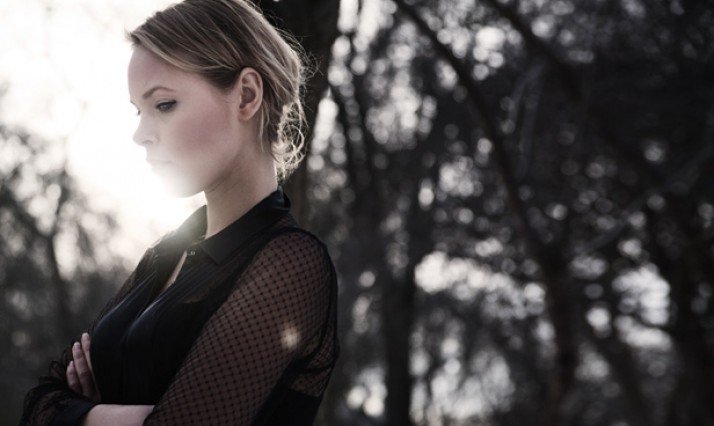
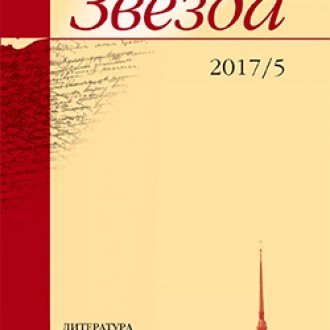
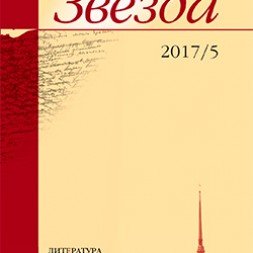
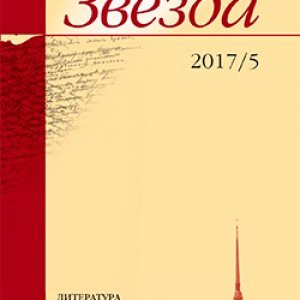
Presentation of the European issue of Zvezda magazine
25 May, 18:30, Anna Akhmatova Museum at the Fountain House, Liteiny pr., 53.
The new issue of the Russian literary magazine, Zvezda, is dedicated to the culture of several European countries. Zvezda was first published in 1924 as a bimonthly magazine and since 1927 it has been published monthly. The magazine contains a series of regular sections such as Russia and the Caucasus, Philosophical commentary, Memoirs of the 20th century, People and fate, and Prose and verse. Once a year it publishes a special issue dedicated to a prominent author or phenomenon.
The “European issue” is a joint project between the literary magazine and the European Union National Institutes for Culture (EUNIC) and presents the works by different contemporary European writers such as Estonian Marie Under, Hungarian Sandor Marai, Zsuzsa Rakovski, Krisztina Tóth, Finn Helvi Hämäläinen, Dutchman Rutger Copeland, and texts of modern German, Danish, Polish, Czech, Hungarian and Estonian writers, poets and publicists. Danish authors presented in the issue are selected by Jakob Vedelsby, Danish Author’s Society:
Rasmus Nikolajsen is a Danish poet and author who debuted in 2000. His writing is characterized by linguistic experiments, but at the same time Rasmus Nikolajsen often puts his texts into his own strict systems with e.g. a certain number of lines or syllables. A key feature of his writing is the remix of older texts, songs, speeches, etc. In this way, he creates a lyrical collage where the words get a new meaning in their new context.
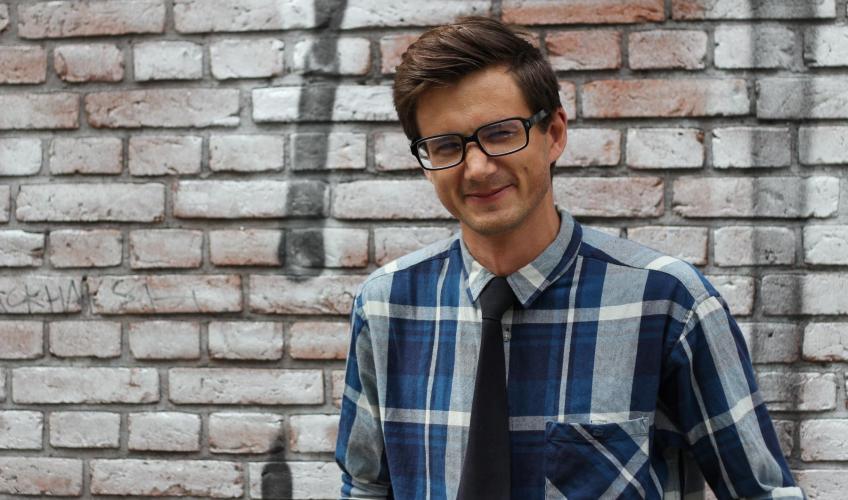
Peder Frederik Jensen, boat builder and author, writes both novels, short stories and poems evolving around aspects of Danish society. The boatbuilding and the writing might seem to belong to two incomparable worlds, but to Peder Frederik Jensen, the crafts are two sides of the same coin.
He debuted in 2007 with the novel ‘Her står du’ about the character Adam’s life as unemployed with family, love and the search for a fixed point in his life. In another one of his books, the critically acclaimed ‘Banedanmark’ from 2014, Peder Frederik Jensen collects 25 snapshots from his commute between his home and boat – from Copenhagen to Kalundborg. Here, people are either unhappy or out of balance. The writer exhibits an indignation of inequalities and a frustration about how many people are wasting their lives. Since then, Peder Frederik Jensen has published ‘Vold’ (2016) and ‘Skullfucking’ (2017).
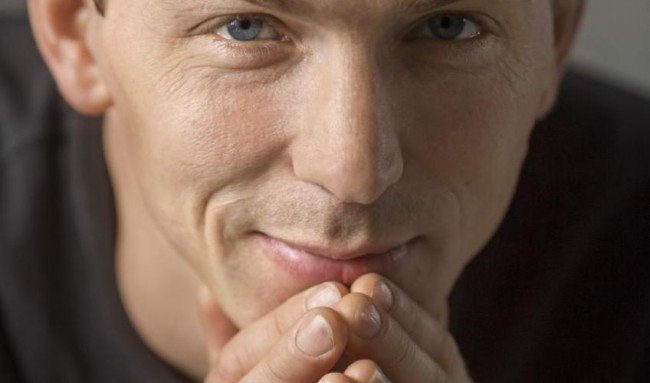
In 2013, Jacob Skyggebjerg debuted with ’Vor tids helt’ which is a partly autobiographical novel about a journey from a hard upbringing in the city of Horsens to life at the bottom of society in Copenhagen. Jacob Skyggebjerg is also known as the rapper “Skygg” and has released several albums under his artist name. The rapping also influences his writing with an experimental composition and lyrical language awareness.
Kristian Bang Foss grew up in Copenhagen, and the Danish capital has put a great imprint on his novels. The characters in his books walk home along the streets and lakes of Copenhagen and in nightclubs and parks as well as on bus lines, and the author does not hide the fact that the novels are fictions of self-experienced situations. The books are about people and their habits, and Kristian Bang Foss goes into great detail when describing everything from human bodies to fly-fishing.
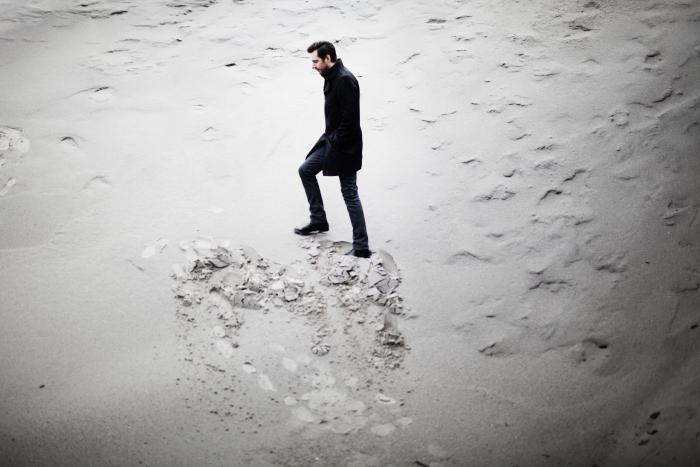
The writing of author and playwright, Bjørn Krag Rasmussen, is both seductive, provocative, poetic and humoristic. With a mix of autobiographical references, pure fiction and other writers’ sentences put into a new context, Bjørn Krag Rasmussen exhibits a destructive and almost nihilistic point of view; the body is nothing but a material case for the tortured soul, the insatiable desire and unhappy love. These themes appear in both novels and poems, and despite different styles, the texts share a dark sound combined with existential alienation and a wry sense of humour.
Josefine Klougart writes lyrical novels that draw on experiences and impressions from her own life. Through descriptions of the landscapes of her childhood, loss, love and identity, Josefine Klougart has established herself as one of today’s most prominent writers in Denmark. From the debut “Stigninger og fald” (2010) to “New Forest” (2016), Josefine Klougart explores humanity’s inscrutable construction in a challenging and imaginative language with an abundance of imagery that cares both about the little details and paints imposing portraits of the characters’ mental landscape.
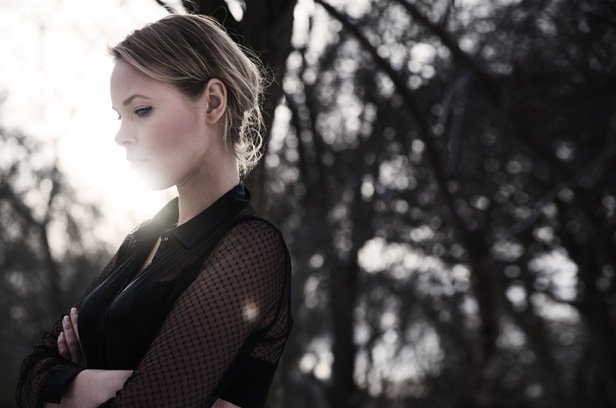
Signe Gjessing is a poet whose writing is both unpredictable and imaginative. With her debut in 2014, she has quickly become a rising star on the literary scene. Signe Gjessing grew up in a small town in Jutland, and even though she now lives in Copenhagen, the close relation to nature is used as a point of departure for reflection and awareness in her writing. Her poems follow their own logic and create universes that explore the very existence of life. Once you think you have figured out where the poem is going, it changes direction and leaves the reader speechless.
Amalie Smith is a Danish author and visual artist who is currently studying at the Royal Danish Academy of Fine Arts in Copenhagen. She has published seven books so far and has already become a distinctive voice in Danish literature. In her works she mixes texts and visual features. She debuted in 2010 with “De næste 500 dage” which is best described as a hybrid novel consisting of both prose, poetry and photography. The work is divided into six parts, each of which includes memory, natural science and personal observations, and investigates the relationship between the subjective and the scientific. Earlier this year, Amalie Smith held a solo exhibition at the Riga Photography Biennal with support from the Danish Cultural Institute in Estonia, Latvia and Lithuania.
The Danish author Charlotte Weitze is known for incorporating folktale motifs and creatures into her stories. She creates literary universes that mix realistic everyday stories with an abundance of of references to the material of the European cultural heritage, popular myths, folktales, religious beliefs and literature. The homeworker, the custodian and the art painter appear side by side with trolls, ghosts and shadows living in the sewers below the city. Eternal themes such as the transition from child to adult and the relationship between parents and children characterize Charlotte Weitze’s writing.
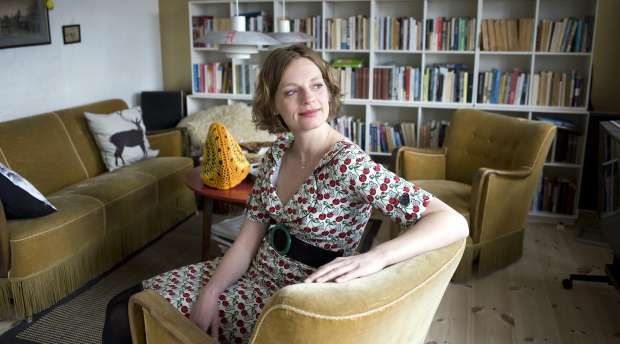
The writer Lea Marie Løppenthin debuted in 2014 with the collection of poems “Nervernes adresse”. The work consists of seven long poems about being a nervous person, about formations, male shoulders, seasons and funny hair. Lea Marie Løppenthin has a talent for creating original imagery and moods. The texts are both confrontational and existential in form and expression.
Lea Marie Løppenthin also has a blog on which she writes shorter and longer texts, shares links, videos and images of things that inspire her.
The last Danish author in the European issue of Zvezda Magazine is Carsten Jensen who is a popular Danish writer. Before his big public breakthrough with the award-winning novel “Vi, de druknede” in 2006, Carsten Jensen was mostly known as critic, reporter and author of some highly read travel stories. But whether the genre is travel stories, debate books, seamen’s triumphs or war critics, the motivation for Carsten Jensen’s writing is a sense of empathy and moral commitment, and he writes from an experience of the world as a place where right and wrong still exist.
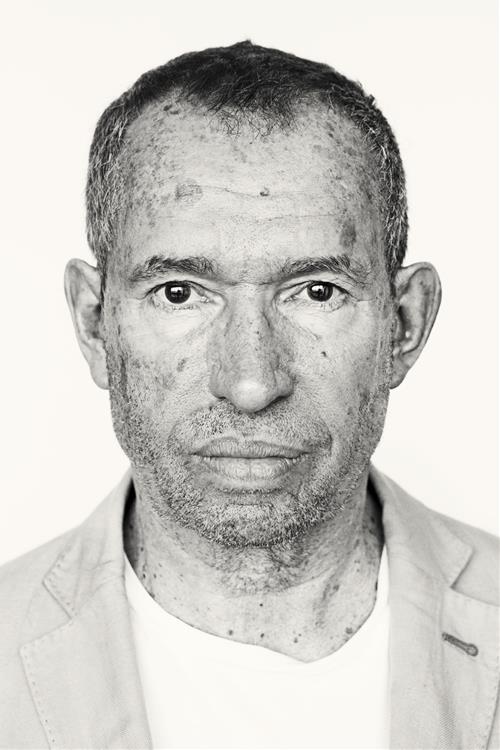
All the texts in Zvezda Magazine have been translated specially for this issue and are published for the first time in Russian.
The essay by Carsten Jensen is translated by Professor Boris Zharov, and all the other texts by Jegor Fetisov.